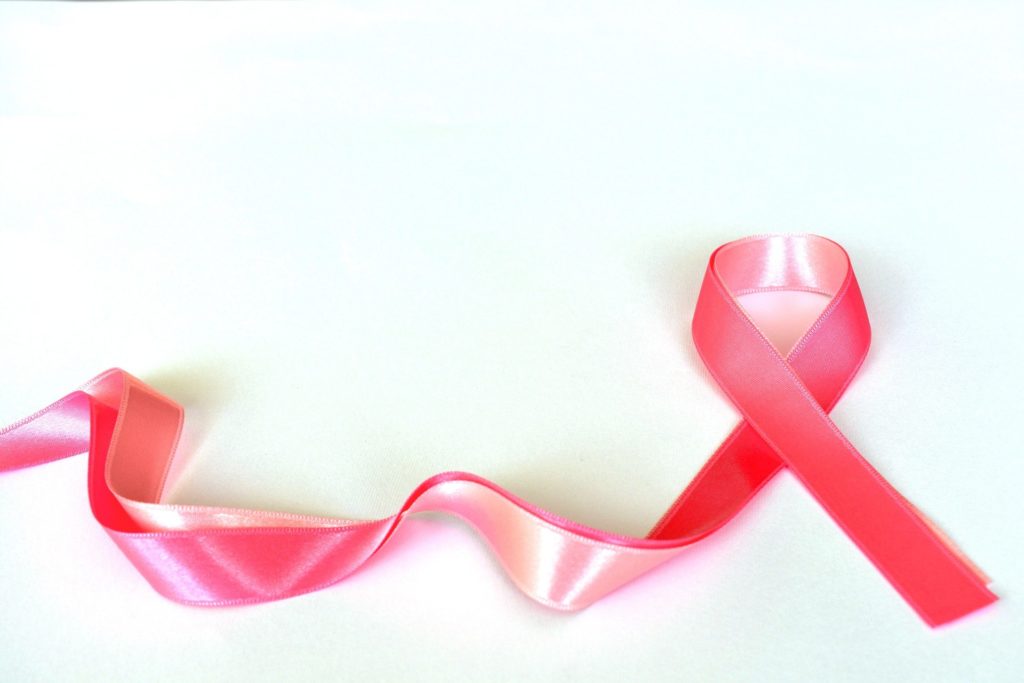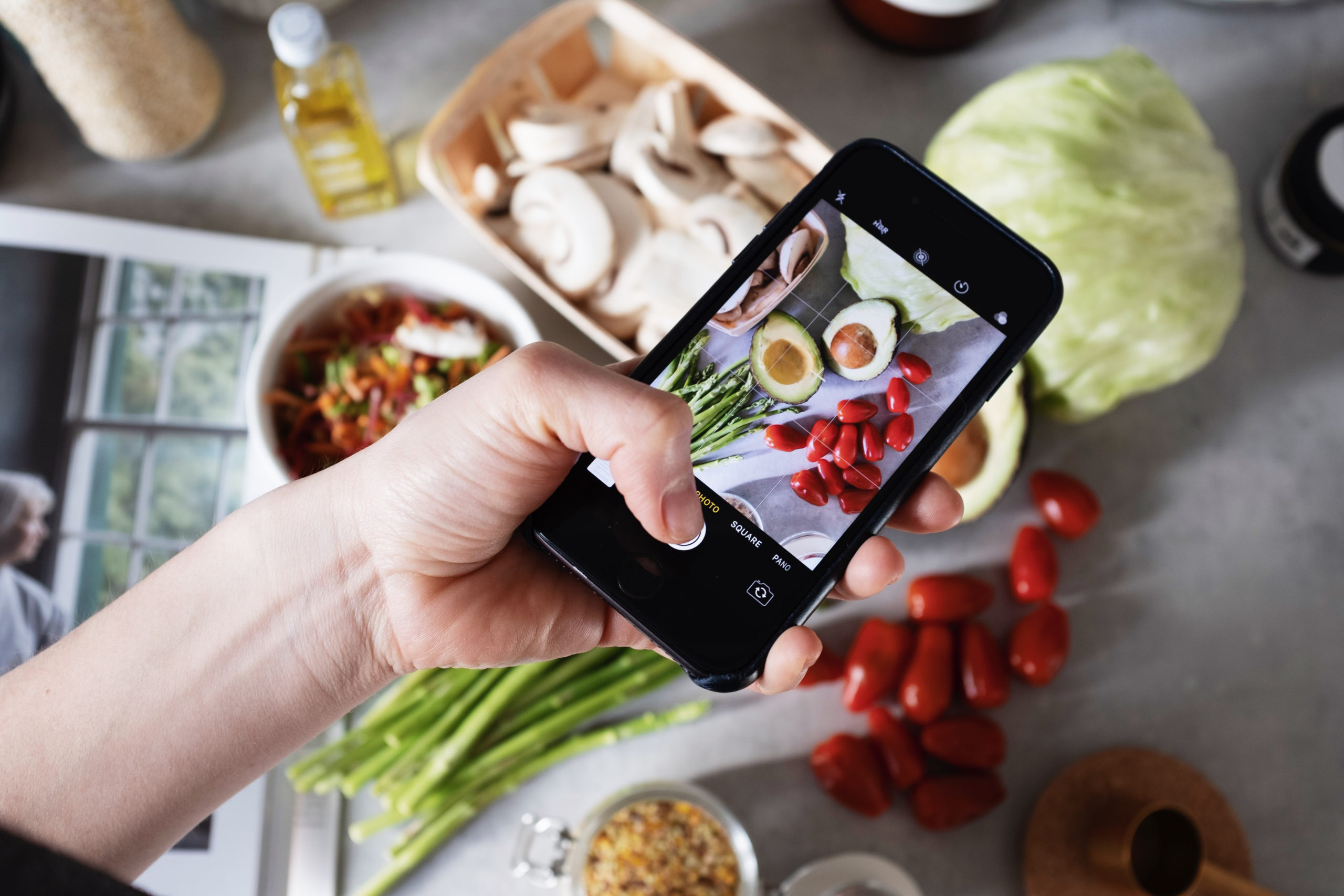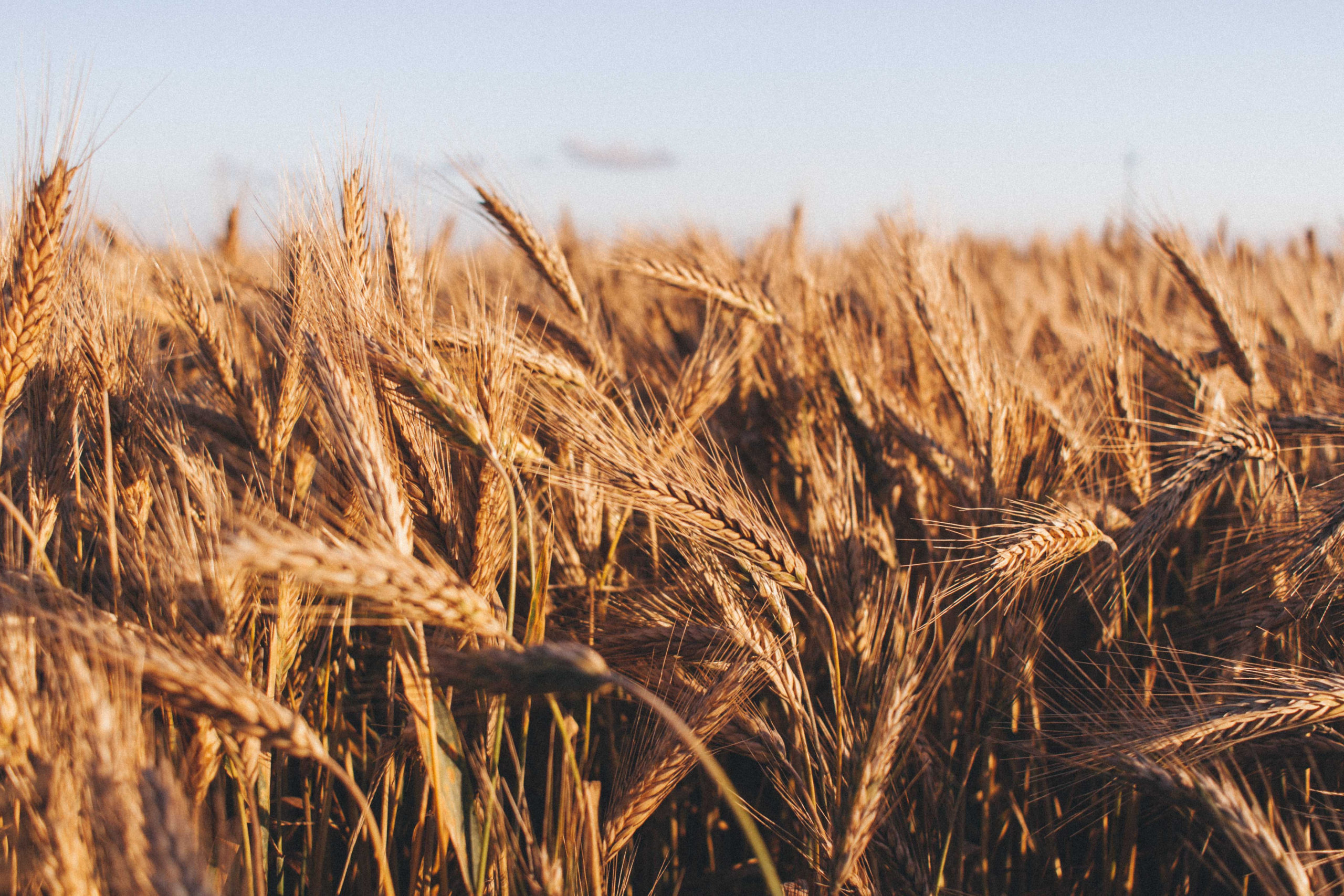October is Breast Cancer Awareness month. The American Cancer Society estimates that 1 in 8 women (12%) in the U.S will develop breast cancer over the course of their lifetime. This year alone, 276,480 new cases of invasive breast cancer have been diagnosed, and it is the second most commonly diagnosed cancer in women in the U.S.
Risk Factors
It’s a common misconception that breast cancer is mostly due to family history. Only 5-10% of breast cancers are linked to genetic mutations inherited from a parent. The most significant risk factors are unfortunately unavoidable: being a woman and getting older.
Other risk factors include being overweight, smoking, having dense breasts, alcohol consumption, early menstruation (before age 12), using hormone replacement therapy, lack of exercise, having chronically low levels of Vitamin D, and environmental exposures to chemicals and pesticides.
Eating an unhealthy diet is also thought to account for 30-40% of all cancers. Diet alone cannot reduce breast cancer risk to zero, but it can help protect you by keeping your cells protected and healthy and inflammation low.
You may not be able to change or reduce all the risk factors for breast cancer, but diet is one you have total control over! So, let’s talk a little bit about how to reduce your risk with what’s on your plate.
Flaxseed
Flaxseed is linked to reduced breast cancer risk in postmenopausal women. Flaxseed contains high levels of lignans, antioxidant rich phytoestrogen compounds which have weak estrogenic activity in the body. They may also be able to block more harmful forms of estrogen, reducing risk of hormone sensitive breast cancers by reducing the growth of cancerous cells.
- Ways to enjoy:
- Stir ground flaxseed into yogurts or smoothies
- Hot chia & flax porridge
- Sprinkle on peanut butter toast
- Make flax muffins
- Bake into cookies, breads or cakes
- Ways to enjoy:
Berries
Berries, like blueberries get their color from phytonutrients called anthocyanins that have strong antioxidant properties. These antioxidants offer significant protection against breast cancers by increasing detoxification enzymes in the liver, decreasing oxidative stress (think of this like an internal rusting process that causes cellular damage) and reducing inflammatory molecules.
- Ways to enjoy:
- Stir berries into oats, yogurt or chia seed pudding
- Add to salads for a burst of sweetness
- Use in baked goods
- As a snack on their own!
- Drizzle coconut cream over berries for dessert
- Ways to enjoy:
Turmeric
Curcumin is the main polyphenol in turmeric, a deep yellow colored spice used often in Indian cuisine. There is a lot of evidence to suggest that cancer risk increases when inflammation is present. Curcumin reduces inflammatory molecules like NF Kappa B that are linked to increased levels of breast cancer. It is also capable of inducing a process called apoptosis, or programmed cell death, which can reduce cancer cell growth without also killing healthy cells. When cooking with turmeric, be sure to add black pepper to help ensure the turmeric is properly absorbed.
- Ways to enjoy:
- Make a turmeric chai latte or Golden Milk Latte
- Use turmeric in stir fries
- Sprinkle onto popcorn
- Make your own curry
- Coconut roasted cauliflower with turmeric
- Ways to enjoy:
Green Tea
Green tea is full of flavanols called catechins that inhibit the development of cancerous cells by suppressing inflammatory molecules. It also has been shown to support the immune system and regulate programmed cellular death. Interestingly enough, green tea has also been found to impact the microbiome! It increases the beneficial bacteria Bifidobacterium in the gut. Green tea can make a great alternative to coffee for those who are sensitive to its caffeine as it contains less caffeine per cup.
- Ways to enjoy:
- Drink hot or cold through the day
- Add to smoothies
- Ways to enjoy:
Cruciferous Vegetables
Cruciferous veggies like kale, cauliflower, broccoli, cabbage, and Brussel sprouts contain large amounts of a phytochemicals like sulforaphane, kaempferol and indole-3-carbinol that have been shown to reduce the risk of hormone sensitive cancers. Although the mechanism is not fully understood, it may be due to their ability to increase detoxification processes in the liver, induce programmed cell death and reduce inflammation.
- Ways to enjoy:
- Roasted or pan fried – Try this recipe for pan fried brussels with Dijon and pecans
- Use cabbage leaves instead of tortillas
- Enjoy shredded cabbage or brussels sprouts in salads or homemade coleslaw
- Ways to enjoy:
Cocoa
If you were looking for a sign to eat more chocolate, here it is! Cocoa found in dark chocolate has potent antioxidant, anti-inflammatory properties and favorably impacts the microbiome as well.
- Ways to enjoy:
- Have a square of 80% or darker dark chocolate for a sweet treat
- Melt dark chocolate with your favorite plant-based milk for homemade hot cocoa
- Use cocoa powder in overnight oats, baked goods, or smoothies
- Enjoy a decadent avocado chocolate mousse
- Ways to enjoy:
Soy
Soy contains phytochemicals called isoflavones. These chemicals partly block estrogen receptors in the body. Additionally, lignans in soy called genistein and daidzein act as estrogen regulators and lower the risk of cancer by increasing the expression of tumor suppressor genes. Enjoy soy in organic and non-GMO whole, unprocessed forms and avoid soybean oil or soy protein isolate. If you want to read more about soy, check out our blog on the topic here!
- Ways to enjoy
- Baked crispy tofu or tempeh
- Use soymilk in smoothies
- Scramble leftover veggies and baked tofu with eggs
- Ways to enjoy
Sources:
American Cancer Society. Cancer Facts & Figures 2020. Available at: https://www.cancer.org/content/dam/cancer-org/research/cancer-facts-and-statistics/annual-cancer-facts-and-figures/2020/cancer-facts-and-figures-2020.pdf.
National Cancer Institute. BRCA Mutations: Cancer Risk and Genetic Testing. Jan. 2018. Available at: https://www.cancer.gov/about-cancer/causes-prevention/genetics/brca-fact-sheet
Shirakami Y, Sakai H, Kubota M, Kochi T, Shimizu M. Dietary phytochemicals as cancer preventive agents: efficacy and mechanisms. J Bioanal Biomed. 2015;7:40-49.
Hilakivi-Clarke L, Andrade JE, Helferich W. Is soy consumption good or bad for the breast? J Nutr. 2010;140(12):2326S-2334S.
Jaceldo-Siegl K, Gatto N, Beeson L, Fraser G. Intake of soy isoflavones reduces breast cancer incidence among women in North America. FASEBJ.2015;29(1):406.5.
Bultman SJ. Emerging roles of the microbiome in cancer. Carcinogenesis. 2014;35(2):249-255.



